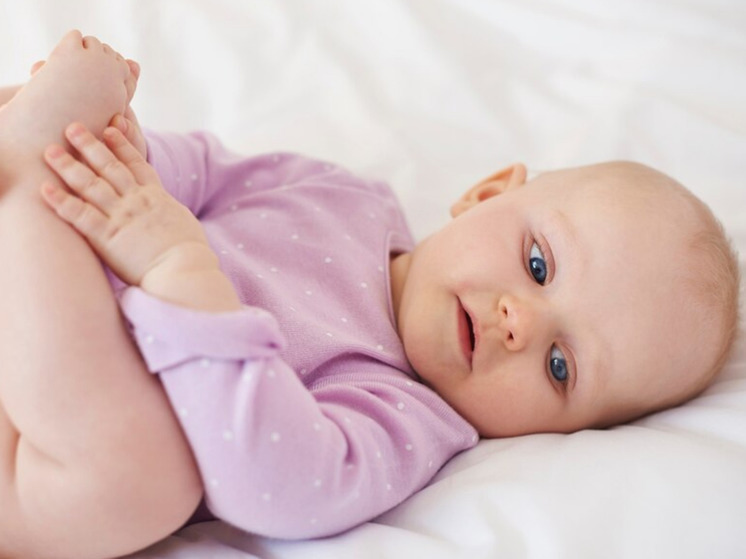Babbling babies play with vocal sounds
Scientists say babbling babies may be preparing for normal speech in this way. Squeals and growls tend to occur in groups, according to a study of babies under 13 months of age.

It may sound like a stream of cheerful nonsense, but researchers have suggested that the strange sounds made by babies may be an attempt to practice the vocal control needed for speech, writes The Guardian.< /p>
A study that analyzed the sounds babies make during the first year of life found that squeals and growls tended to occur in groups.
Dr. Hyunjoo Yu, first author of the study from the University of Alabama, says that this work can have important consequences. “One of the main reasons we're looking at clustering is because it can be a useful marker for screening for communication disorders,” she said.
Dr Ed Donnellan of the University of Warwick, who was not involved in the study, said the study confirmed that babies deliberately play with the vocal sounds they can make, producing certain types of vocalizations in groups at will.
“Even though the sounds we looked at—squeals and growls—are not necessarily the ones we use in speech, this play may allow babies to develop their control over the sounds they make, which is critical for later conversational language,» he added.
In a paper published in the journal Plos One, Dr. Yu and colleagues report how they studied 130 infants using recordings their caregivers made at home every month from birth.
The team randomly selected 21 five-minute clips from each recording and analyzed them for squeals, growls and vowel sounds known as vocants.
After excluding cases where, for example, the infant was sleeping, the team was left with 15,774 fragments from 1,104 recordings, with more than 60% of recordings showing groupings of either squeals or growls in relation to vocantes.
“There were none an infant in whom a review of all available infant records would not have identified a single significant case of squeal or growl clustering,” the researchers add.
Clustering was observed in all six age groups, from birth to 13 months, which they suggested indicates that a specific mechanism for language development is present from early in life. However, the 3 to 4 month age range showed the lowest means for the squeal and growl groupings, a surprising finding given that this period is traditionally thought to be associated with the onset of vocal play.
According to the team, there was also Surprisingly, in contrast to group growling, higher rates of group squealing were found after five months of life — the researchers speculate that this may be due to the development of vocal cord control.
Dr Yu added that in Previous reports have suggested that by imitating such sounds, caregivers could help expand infants' vocal repertoire and protoconversion.
“It seems logical, then, that infants would benefit from caregivers trying to respond to unexpected circumstances and interact more with your children by imitating squeals, singing and growling,” she said.


